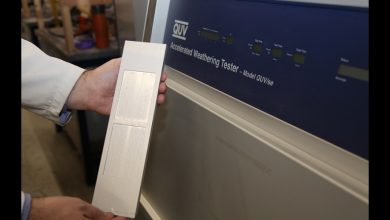Mechanics Lien California Guide

In California, a mechanics lien is an essential legal tool for contractors, subcontractors, laborers, and material suppliers to secure payment for their work or materials on construction projects.
Governed by California Civil Code sections §8000-§9566, the mechanics lien California process ensures that those who contribute to improving a property are compensated.
It places a legal claim on the property, limiting the owner’s ability to sell or refinance until the outstanding debt is settled.
Various parties are eligible to file a mechanics lien in California, including general contractors, subcontractors, material suppliers, equipment lessors, and design professionals such as architects and engineers.
To secure lien rights, most claimants must serve a Preliminary 20-Day Notice to the property owner, general contractor, and lender within 20 days of starting work or delivering materials.
This notice preserves their right to file a lien if they are not paid. General contractors are generally exempt from serving this notice unless they are working on residential projects with a construction lender involved.
The next step in how to file a mechanics lien in California involves preparing the lien itself.
The mechanic’s lien must include critical details such as the property owner’s name, the work or materials provided, the property’s legal description, the hiring party’s name, and the amount owed.
Accuracy is essential, as errors could invalidate the lien. Once prepared, the mechanic’s lien must be filed with the county recorder’s office where the property is located.
The deadline to file is generally 90 days after project completion. Still, if the property owner files a notice of completion or cessation, the deadline is reduced to 60 days for general contractors and 30 days for subcontractors and suppliers.
After filing, the lien must be served on the property owner, either by certified mail or personal delivery.
If the debt remains unpaid, the claimant must take legal action to enforce the lien. This process, part of how to file a mechanics lien in California, involves filing a foreclosure lawsuit within 90 days of recording the lien.
The enforcement process includes filing a lawsuit in the county where the property is located and recording a Notice of Pendency of Action (lis pendens), notifying the public of the lawsuit.
The lien becomes void if no lawsuit is filed within the 90-day window. Upon receiving payment, the lienholder must release the lien by filing a lien release form with the county recorder’s office.
Failure to do so may result in legal penalties. Strict compliance with deadlines and legal requirements is critical, as any misstep can invalidate the lien or expose the claimant to legal risks, such as damages and attorney fees, if a fraudulent or wrongful lien is filed.
CRM Lien Services offers expert assistance for those navigating how to file a mechanics lien in California.
They manage the preparation, filing, and serving of mechanics liens, ensuring compliance with California laws and protecting the claimant’s lien rights.
This service is a cost-effective alternative to hiring an attorney, making it easier for contractors and suppliers to secure payment for their contributions to construction projects.




